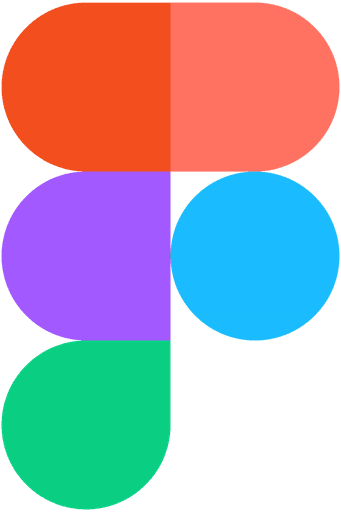BIMA (Bank Indonesia Mobile App)
Revamped Bank Indonesia’s mobile app with new features, accessibility support, and seamless services like currency exchange and visit registration.
Jakarta Pusat, Indonesia
1953
Goverment
$1 trillion (2019)
5,000+
Challenge
The legacy mobile app was merely a web-view/mirror of Bank Indonesia’s official website, lacking interactivity, personalization, and mobile-optimized features.
Results
Transformed the app into a native, user-friendly mobile platform with enhanced features and a modern experience. Major upgrades include:
User Onboarding & Registration Flow: Smooth onboarding, bilingual support, and accessible sign-up experience.
Inclusive Access: Features for users with disabilities (e.g., wheelchair & sign language interpreter request in forms).
Currency Exchange Booking (PINTAR): Previously only on web; now bookable via mobile in a structured 4-step flow.
Visitor Registration (Kunjungan BI): Enables users to register for BI Museum, public info visits, or “BINGO” programs.
Information Access (BICARA): Users can submit requests for public financial data.
Event Calendar & Sync: Monthly/weekly/daily views with real-time agenda integration.
Profile & Ticket Management: Users can manage personal data, ticket submissions, and track status directly in-app.
1M+
Estimated MAU
10+
Features Revamped
Process
Research & Analysis: We conducted user interviews, surveys, and analyzed in-app analytics to understand the pain points and user needs. We also studied competitor apps and industry trends to gather insights
Information Architecture: Based on the research findings, we restructured the app's navigation and content, prioritizing features and information according to user needs.
Wireframing & Prototyping: We designed low-fidelity wireframes to visualize the new layout and navigation, iteratively refining them based on user feedback. Afterward, we built a high-fidelity, interactive prototype to test the design.
Usability Testing: We conducted usability tests with a diverse group of users to validate the design and identify areas for improvement. Based on the feedback, we made necessary adjustments to the design.
Visual Design & Style Guide: We developed a cohesive visual language, including color schemes, typography, and iconography, ensuring consistency throughout the app. We also created a style guide to maintain design consistency in future updates.
Conclusion
Although the revamped Bank Indonesia Mobile App has not yet launched due to internal development prioritization, the project has already laid the foundation for a major digital transformation. The redesign shifts the app from a static mirror of the website to a functional platform offering public services like currency exchange and visitor registration. Once launched, it is expected to significantly improve accessibility and streamline citizen interaction with Bank Indonesia’s services.













